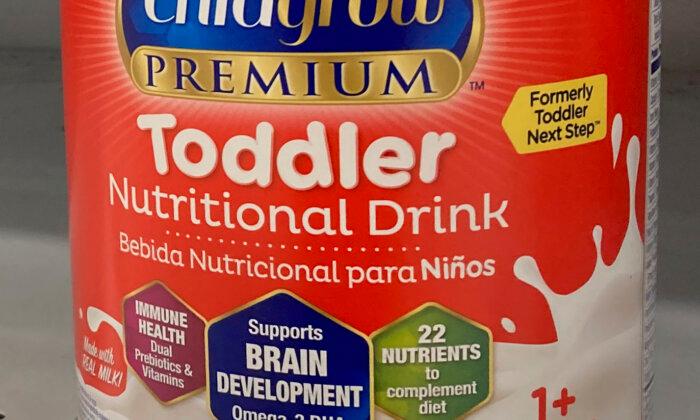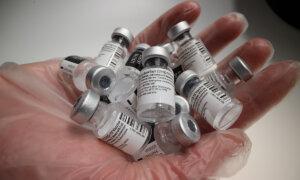Toddler milk products are not substitutes for human breast milk or cow milk for infants, revealed a recent report from the American Academy of Pediatrics (AAP).
Many consumers “mistakenly believe” that the benefits claimed by toddler milk are scientifically proven, the report said. For instance, some OIYCF products claim “improved brain development or immune function,” which end up influencing parents to think that these items are healthier than cow milk. The report cited a study that found that 60 percent of caregivers believed OIYCF offered nutrition, which the products never actually provided.
Impacts on Babies
AAP looked at two groups of infants—those below 12 months and those above 12 months. For babies below 12 months of age who are raised on formula, replacing the infant formula with OIYCF “has no essential role in providing micronutrients to this age group.”Among infants above the age of 12 months, those who receive a diet of solid food containing sufficient quantities of iron and vitamins should continue doing so as “there is no advantage or need to consume OIYCFs,” the report stated.

“These drinks should not replace a balanced diet and are inferior to standard infant formula in children less than 12 months of age and offer no benefit over much less expensive cow’s milk in most children older than age 12 months.”
AAP warned that some OIYCF products “have been criticized as having elements considered to be unnecessary or potentially detrimental, including high or low protein, higher sodium content relative to cow milk, and added sweeteners, among others.”
The association recommended that children under 12 months be fed with human milk or standard infant formula as their liquid diet.
Toddler Milk Marketing
The AAP report also highlighted issues with the marketing of toddler milk products. Between 2006 and 2015, the sales of infant formula by volume dropped by 7 percent, while that of OIYCF rose by over 158 percent.This was associated with a “fourfold increase in OIYCFs advertising” while ad spending on infant formula dropped.
The marketing of such products is often based on “vague concerns parents have that their child is not getting some needed micronutrients and that these are uniquely provided by OIYCFs.”
“Advertisement practices for OIYCFs often convey them as a necessary ‘next stage’ or ‘next step’ to ensure optimal nutritional intake after infant formulas or even human milk,” the report said.
These products usually make “expert-recommended claims” on their packaging. However, such claims are not required to be based on scientific evidence or backed by the FDA, it stated.
Breast Milk Benefits
Responding to the new AAP report, a spokesperson for popular toddler formula brand Abbott Nutrition said to CNN, “National health studies indicate that U.S. toddlers have nutritional gaps in their diet often related to picky eating. When they don’t do well transitioning to table foods or won’t drink milk, our toddler drinks contain many of the complementary nutrients, such as vitamins and minerals, that they may be missing in their diet. Toddler drinks may be an option to help fill nutrient gaps for these children 12 to 36 months of age. Abbott does not recommend or indicate its toddler drinks for infants under 12 months of age.”
“Breastfed babies have a lower risk of asthma, obesity, type 1 diabetes, and sudden infant death syndrome (SIDS). Breastfed babies are also less likely to have ear infections and stomach bugs.”
Through breast milk, infants receive antibodies from the mother which helps them develop a strong immune system and protect from diseases, according to the CDC.








